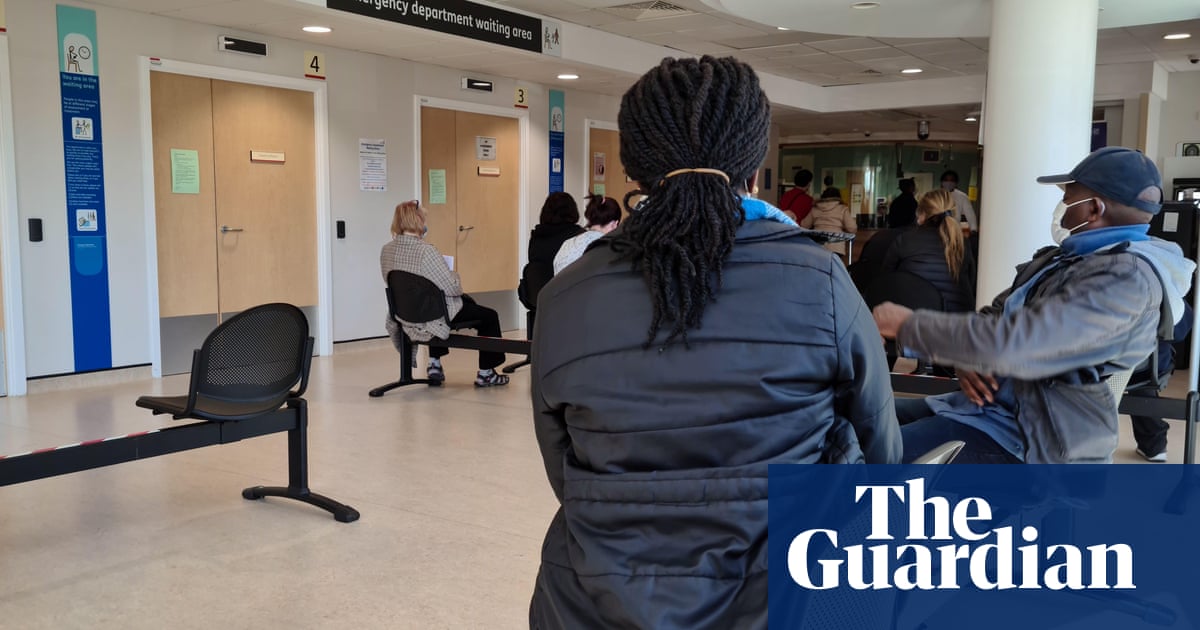Hundreds of thousands of patients needing urgent medical help will be treated in settings other than A&E as part of a drive to cut “corridor care” and avoid anotherNHSwinter crisis.
The move is a central plank of a government plan to improve urgent and emergency care inEngland, tackle the long delays many patients face in A&E and banish overcrowding in hospitals.
Wes Streeting, the health secretary, hopes the initiative will lead to the one in five people who attend A&E despite not having a physical health emergency being treated elsewhere.
Streeting said: “Far too many patients are ending up in A&E who don’t need or want to be there, because there isn’t anywhere else available. Because patients can’t get a GP appointment, which costs the NHS £40, they end up in A&E, which costs around £400 – worse for patients and more expensive for the taxpayer.”
The plan, which will cost £450m to implement, includes:
The creation of 40 extra same-day emergency care units and urgent treatment centres, which will treat and discharge patients the day they arrive without them being admitted to hospital.
The setting-up of 15 more hospital-based mental health crisis assessment centres, to divert people with psychological or psychiatric problems away from A&E.
The deployment of 500 more ambulances.
However, a pledge in an earlier version of the plan to eliminate corridor care altogether was not included in the final version.
Sir Jim Mackey, the chief executive of NHS England, said: “This major plan sets out how we will work together to resuscitate NHS urgent and emergency care, with a focus on getting patients out of corridors, keeping more ambulances on the road, and enable those ready to leave hospital to do so as soon as possible.”
About 141,000 people a day seek urgent and emergency care in England, almost double the number in 2010-11. Ambulance journeys have risen by 61% over the same period.
Sign up toFirst Edition
Our morning email breaks down the key stories of the day, telling you what’s happening and why it matters
after newsletter promotion
The plan will also mean paramedics treating more patients at home or where accidents have happened, community response teams attending to more people at home, and better use of “hospital at home”-style virtual wards. The plan should ensure that next winter is “significantly better than recent winters”, the Department ofHealthand Social Care said.
Dr Adrian Boyle, the president of the Royal College of Emergency Medicine, welcomed the promise to publish A&E performance data from every hospital. But he voiced “concern about the lack of a cast-iron commitment to ending dangerous and demeaning 12-hour waits in emergency departments”.
The Liberal Democrats welcomed Labour’s aim to reduce corridor care. But Helen Morgan, the party’s health spokesperson, warned: “The misery in our A&Es will only be prolonged if they continue to move at a snail’s pace on social care.”
Ministers have commissioned Louise Casey to undertake a review of adult social care, but critics are concerned that it will not report until 2028.
